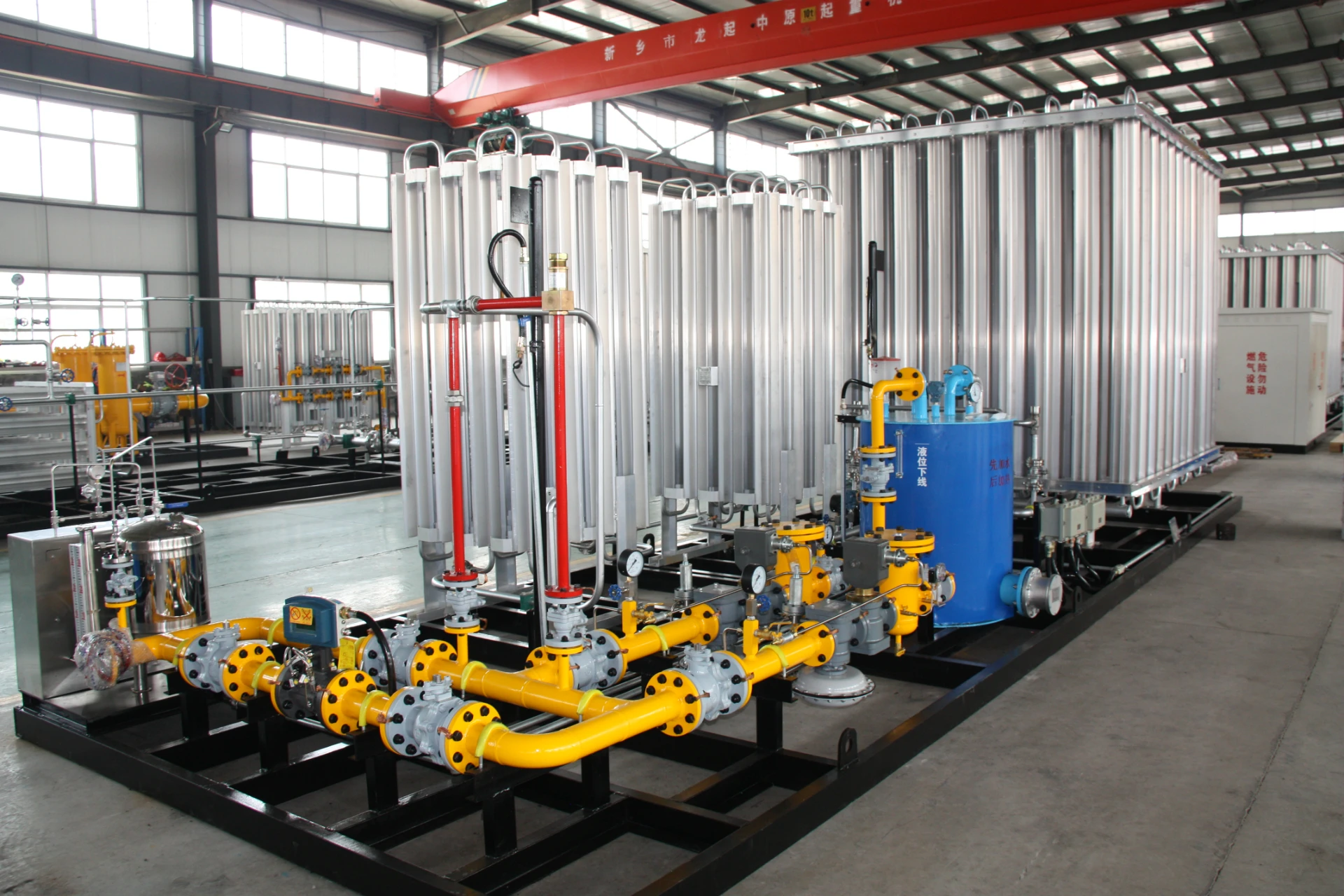
Nov . 30, 2024 11:13
Back to list
Gas Safety Relief Valve for Enhanced Protection and Efficient Operation
Safety Relief Valves Ensuring Gas System Integrity
In industrial and commercial settings, safety is paramount, especially when dealing with gases under pressure. One of the critical components designed to maintain safety in these environments is the pressure relief valve, commonly referred to as a safety relief valve. This article explores the significance of safety relief valves in gas systems, their operational principles, and the importance of regular maintenance.
Understanding Safety Relief Valves
A safety relief valve (SRV) is a mechanical device designed to protect pressurized equipment and systems from overpressure scenarios. In gas applications, such as in pipelines, storage vessels, and processing plants, excess pressure can lead to catastrophic failures, including explosions and leaks. The SRV automatically releases gas when the pressure exceeds a predetermined limit, thus ensuring the system remains within safe operating parameters.
Operational Principles
The functioning of a safety relief valve can be attributed to its design and the physics of pressure. The valve consists of a spring-loaded mechanism that holds the valve closed under normal operating conditions. When the pressure in the system reaches a specified set point, the force exerted by the gas overcomes the spring tension, causing the valve to open. Gas is then vented to a safe location, effectively reducing the pressure in the system.
.
Importance of Regular Maintenance
صمام تنفيس أمان الغاز

While safety relief valves are crucial for safeguarding systems, they are subject to wear and tear over time. Therefore, regular maintenance and testing of these valves are essential to ensure their proper functioning. The maintenance process typically includes inspection for corrosion or mechanical damage, testing the set pressure to ensure it aligns with safety standards, and verifying that the valve opens and closes correctly.
Neglecting the maintenance of safety relief valves can lead to severe consequences. A malfunctioning valve may fail to open during an overpressure situation, resulting in potential equipment failure, environmental hazards, and even injury to personnel. To mitigate these risks, industries must adhere to stringent inspection schedules and compliance with regulatory standards.
Regulatory Standards and Compliance
Safety relief valves are subject to various industry regulations and standards. Organizations like the American Society of Mechanical Engineers (ASME) and the American National Standards Institute (ANSI) set guidelines that govern the design, installation, and maintenance of these devices. Compliance with these regulations not only ensures safety but also protects businesses from legal liabilities and fines.
Moreover, training personnel involved in the operation and maintenance of gas systems on the importance of safety relief valves can enhance workplace safety. Employees should be well-informed about the functioning of these devices and the procedures to follow in the event of an emergency.
Conclusion
In conclusion, safety relief valves are indispensable components of gas systems that play a vital role in maintaining safety and integrity. Their ability to automatically release excess pressure protects individuals, equipment, and the environment from the catastrophic consequences of overpressure events. However, the proper functioning of these valves hinges on regular maintenance and compliance with industry standards. Organizations must prioritize the upkeep of safety relief valves to ensure safe operations within their gas handling systems, fostering a culture of safety that extends beyond regulatory compliance to encompass the well-being of all stakeholders involved. By understanding and investing in these critical safety devices, industries can effectively manage the risks associated with pressurized gas systems.
Next:
Latest news
-
Safety Valve Spring-Loaded Design Overpressure ProtectionNewsJul.25,2025
-
Precision Voltage Regulator AC5 Accuracy Grade PerformanceNewsJul.25,2025
-
Natural Gas Pressure Regulating Skid Industrial Pipeline ApplicationsNewsJul.25,2025
-
Natural Gas Filter Stainless Steel Mesh Element DesignNewsJul.25,2025
-
Gas Pressure Regulator Valve Direct-Acting Spring-Loaded DesignNewsJul.25,2025
-
Decompression Equipment Multi-Stage Heat Exchange System DesignNewsJul.25,2025

